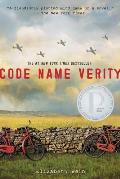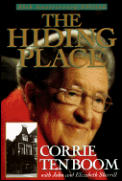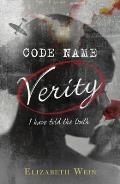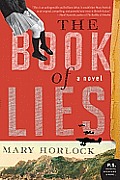Code Name Verity by Elizabeth Wein
and
The Hiding Place by Corrie Ten Bloom, with John and Elizabeth Sherril
and
The Hiding Place by Corrie Ten Bloom, with John and Elizabeth Sherril
 Oct. 11th, 1943 — A British spy plane crashes in Nazi-occupied France. Its pilot and passenger are best friends. One of the girls has a chance at survival. The other has lost the game before it's barely begun.
Oct. 11th, 1943 — A British spy plane crashes in Nazi-occupied France. Its pilot and passenger are best friends. One of the girls has a chance at survival. The other has lost the game before it's barely begun. When “Verity” is arrested by the Gestapo, she's sure she doesn't stand a chance. As a secret agent captured in enemy territory, she's living a spy's worst nightmare. Her Nazi interrogators give her a simple choice: reveal her mission or face a grisly execution.
As she intricately weaves her confession, Verity uncovers her past, how she became friends with the pilot Maddie, and why she left Maddie in the wrecked fuselage of their plane. On each new scrap of paper, Verity battles for her life, confronting her views on courage, failure and her desperate hope to make it home. But will trading her secrets be enough to save her from the enemy?
The edition of Code Name Verity offered by Sync is narrated by Morven Christie and Lucy Gaskell, courtesy of Bolinda Audio. I highly recommend that you download this book. You can read by review of Code Name Verity in this post.
 The amazing story of Corrie ten Boom, a heroine of the Dutch Resistance who helped Jews escape from the Nazis and became one of the most remarkable evangelists of the 20th century, is told in her classic memoir, now retold for a new generation.
The amazing story of Corrie ten Boom, a heroine of the Dutch Resistance who helped Jews escape from the Nazis and became one of the most remarkable evangelists of the 20th century, is told in her classic memoir, now retold for a new generation.
The edition of The Hiding Place offered by Sync is narrated by Bernadette Dunne, courtesy of Christian Audio.
Go here to get this week's downloads.
Note: these books don't expire like the e-audiobooks you get from the library. So, be sure to download the books even if you don't think you'll get around to listening to them right away.
More information about Sync and this year's schedule of offerings is available in this post.


 We talk about getting away and seeing the world, but we never do. We stay here making the same mistakes, over and over. (8)
We talk about getting away and seeing the world, but we never do. We stay here making the same mistakes, over and over. (8)